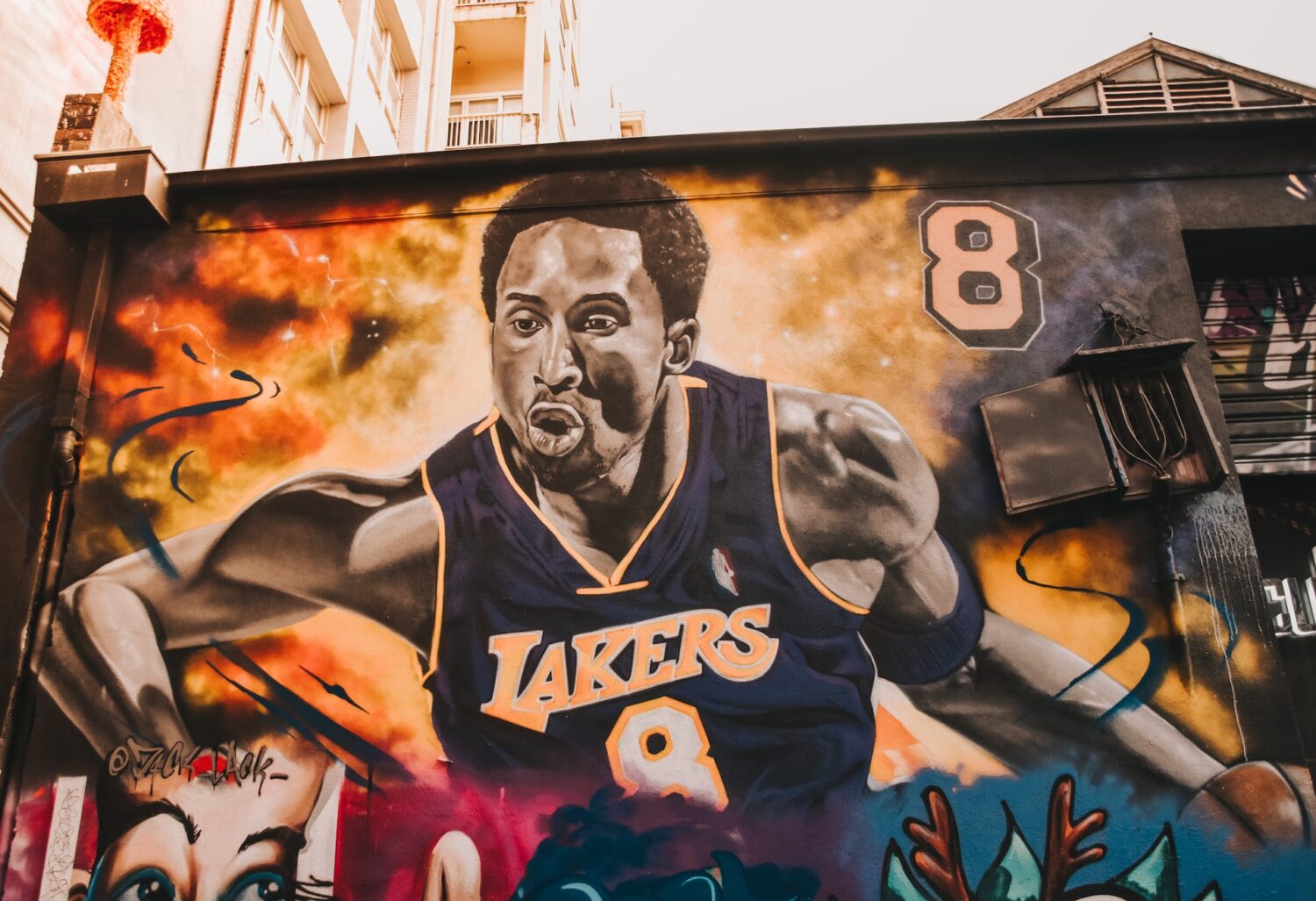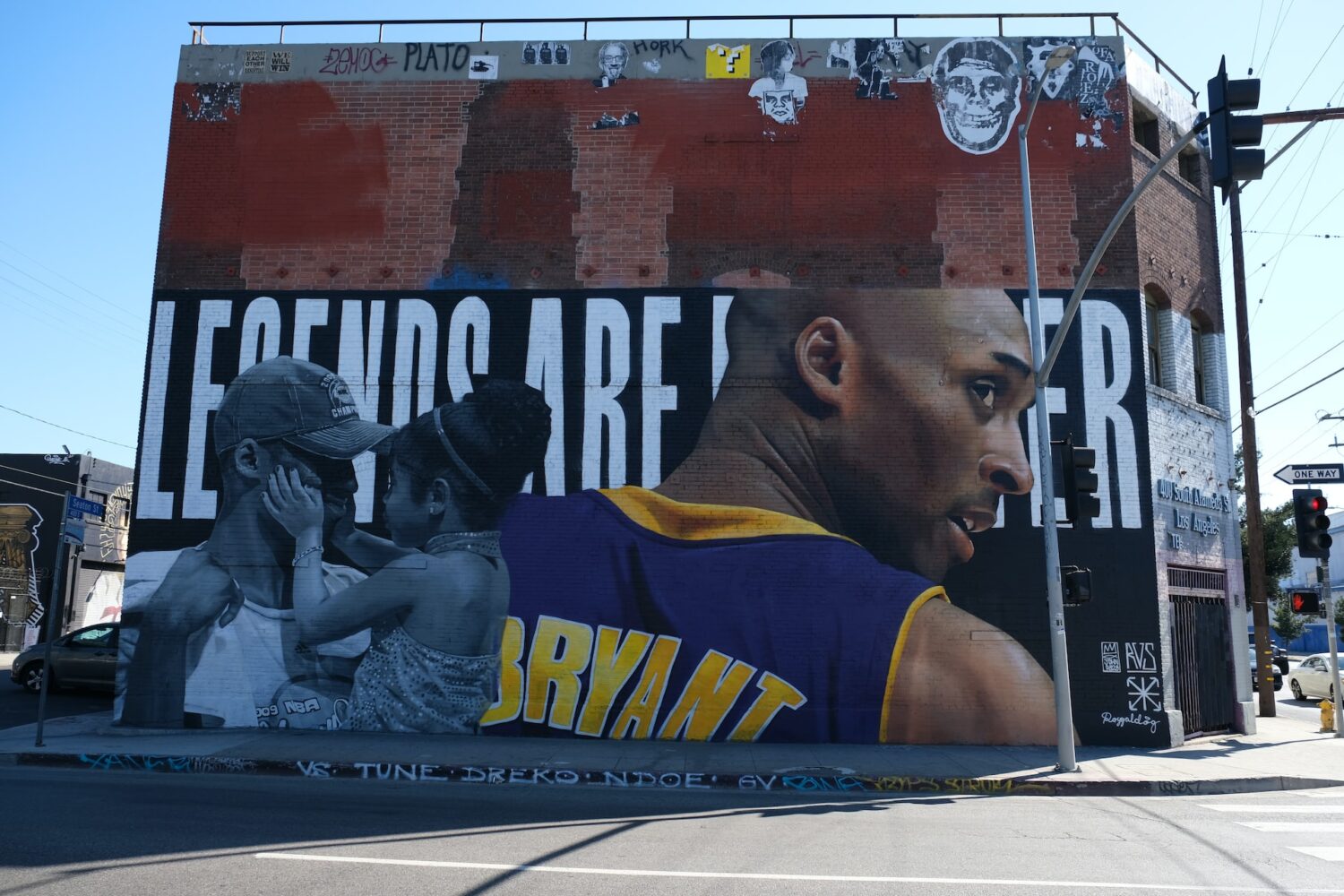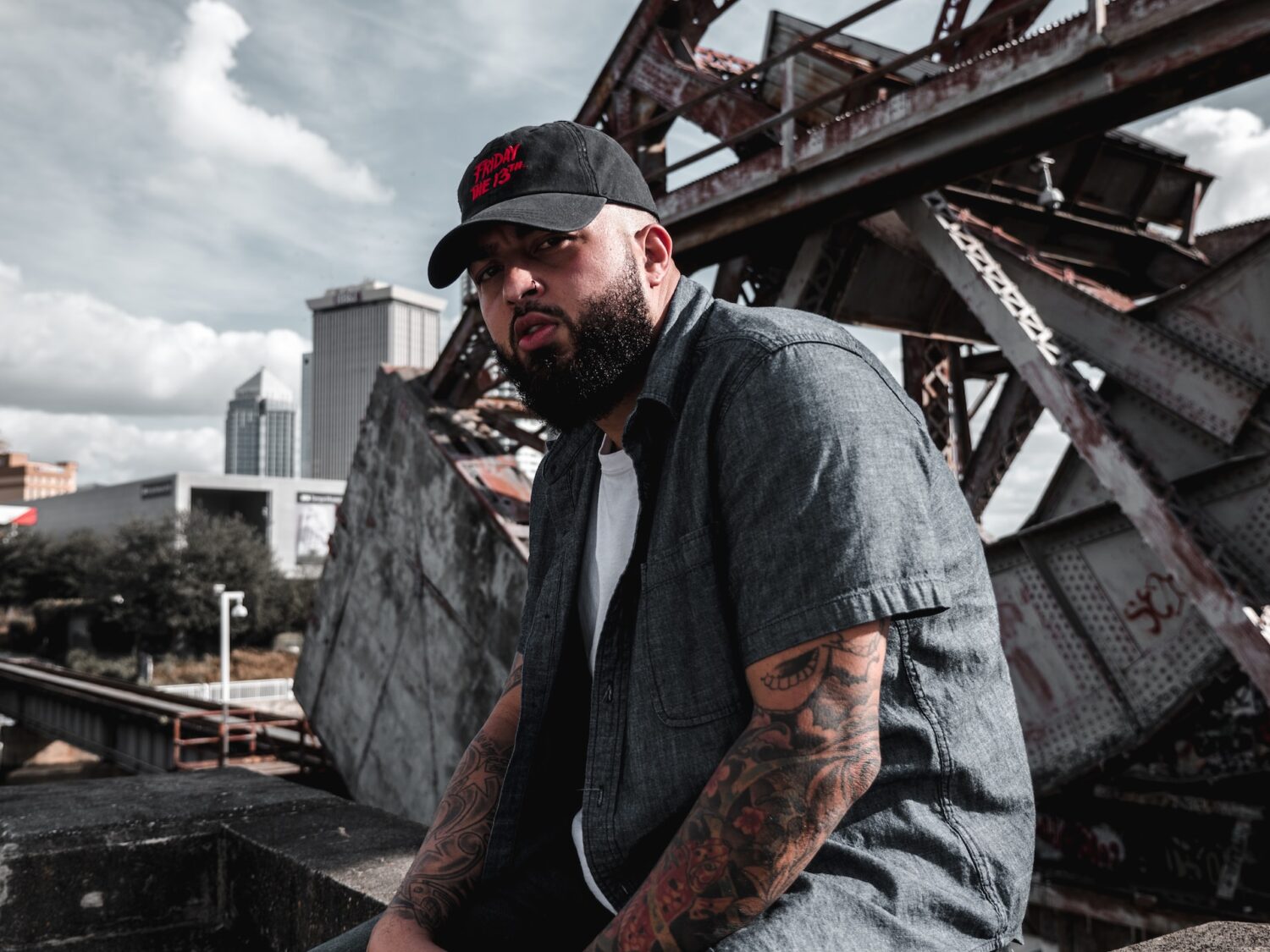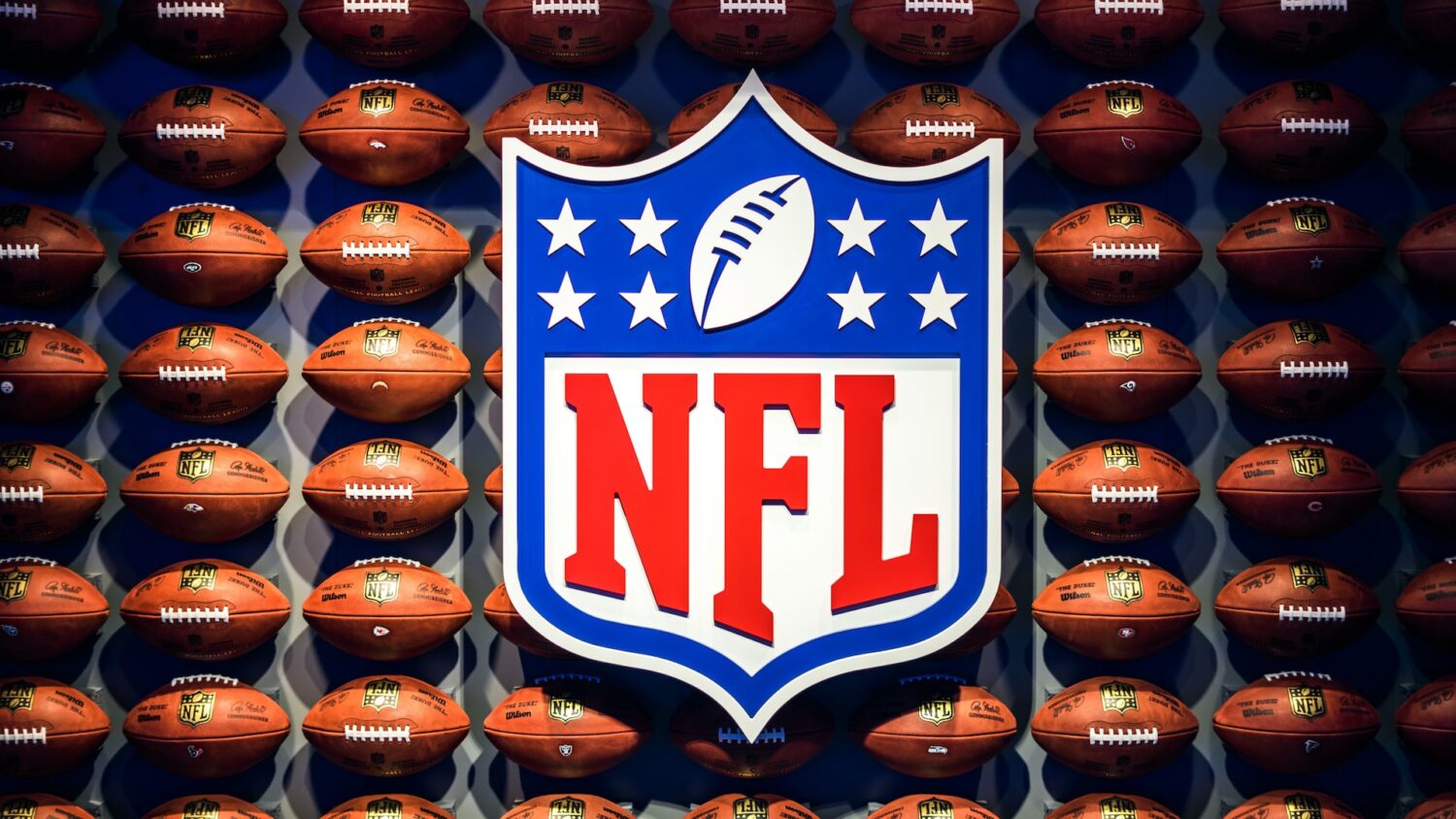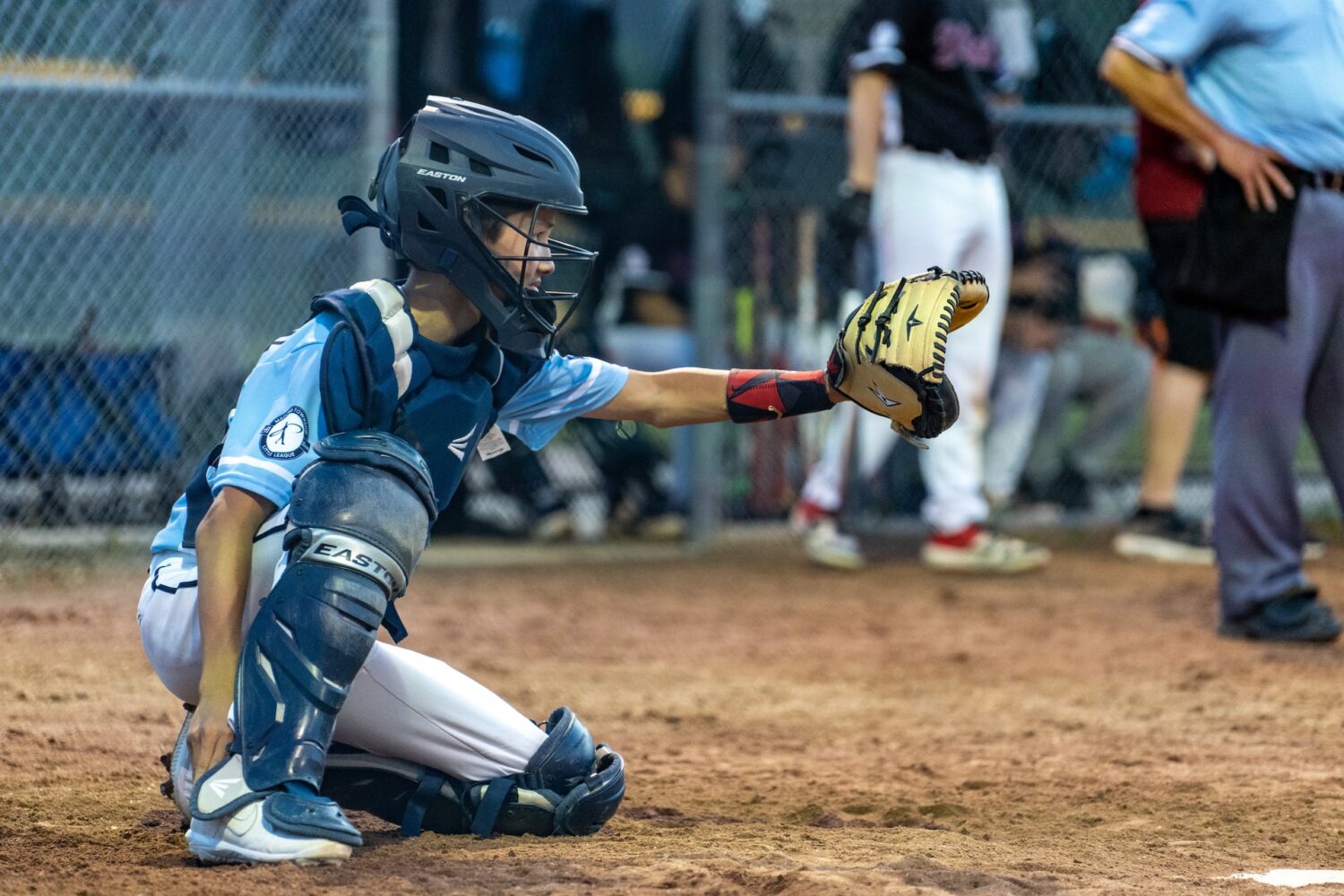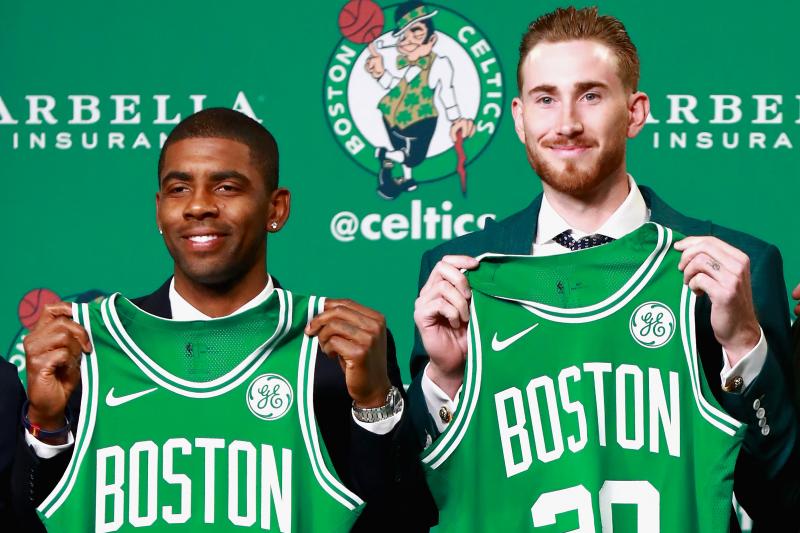
As you may already know, the blockbuster trade deal that sent point guard Isaiah Thomas to the Cavaliers and 2016 NBA champion Kyrie Irving to the Celtics hit a little bit of a snag before it was formally completed. The original deal had the Celtics receiving Irving in exchange for Thomas, Jae Crowder, prospect Ante Zizic and Brooklyn’s first round pick in 2018 (which Boston has owned for years). But once this deal was agreed upon, the Cavs seemingly began to question Thomas’s health; he is dealing with a hip injury that’s been fairly treacherous for a number of athletic players over the years.
As was their right, the Cavs started to make noise about backing out of the deal unless they received an additional asset from Boston – to compensate, unofficially, for the possibility that Thomas won’t be the All-Star player he was during the 2016-17 season. Some believed this extra asset would have to come in the form of second-year player Jaylen Brown or incoming rookie Jayson Tatum, both of whom appear to be major pieces for the Celtics moving forward. Others thought it might mean an additional pick, or perhaps a lesser prospect like Guerschon Yabusele or Semi Ojeleye – wild cards who appear to have high ceilings and low floors.
What Cleveland wound up getting – the piece that allowed them to breathe a deep sigh of relief and stop holding Kyrie Irving hostage – was Boston’s 2020 second round pick.
Second round draft picks are like garnishes for NBA transactions. They’re sort of little tokens that can make a deal seem more attractive when really the recipient is probably just trying to save face. Particularly these days, with teams like the 76ers and Celtics constantly stockpiling picks and prospects (albeit in totally different ways), the idea of collecting “assets” appeals to fan bases and excites the media. Second round picks count as assets, and in that sense Cleveland got what it wanted. But was it really worth it?
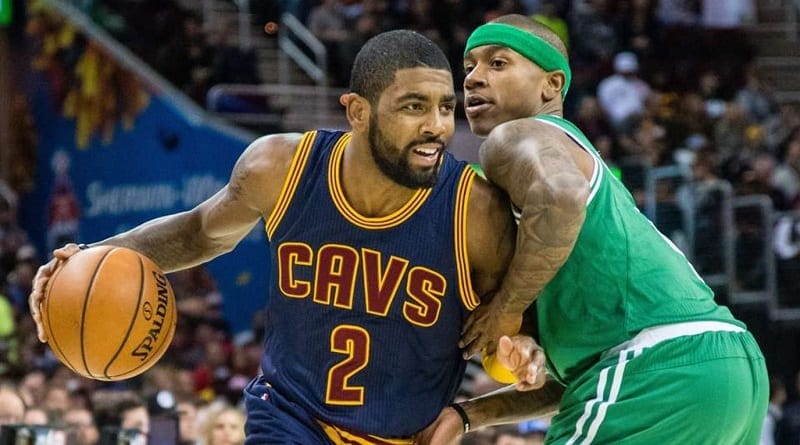
I was curious about the Cavs’ motivation here and decided to take a look back at five recent drafts to see what traded second round picks have become. This doesn’t represent the value of all second round picks, mind you, but I wanted to find out what exactly teams have been getting lately for those tossed-in trade garnishes. I looked at the five drafts from 2012-2016, since we can’t quite judge the 2017 picks yet. Here are some of the numbers.
- 53 percent (79/150) of all second round picks were traded before draft night in the five drafts between 2012 and 2016.
- 37 percent (29/79) of those traded second round picks are still active in the league heading into this season (not counting a few players on two-way contracts with G-League teams). This also means that only 19 percent (29/150) of second round players picked in this span landed on teams that traded for the picks and have also remained active.
- 5 percent (4/79) of these second round picks are projected to start in the coming season: Willy Hernangomez (Knicks); Allen Crabbe (Nets); Malcolm Brogdon (Bucks); and Draymond Green (Warriors). This means that only about 2.7 percent of all second round draft picks were selected by teams that traded for the picks and are still starting.
- 0.7 percent of the 150 total players drafted in the second round in a five-year span were Draymond Green. Which is really what everyone’s hoping for.
Those are the kinds of chances the Cavs traded for – and realistically they’re probably a little bit worse than that. Including the 2016 draft skews things quite a bit. This draft had the most second round picks traded (21) of any of the five drafts, and 12 of the players selected with those picks are still active, compared to 4 out of 14 from 2015, 4 out of 16 from 2014, 4 out of 14 from 2013 and 5 out of 14 from 2012. It’s likely that given another year or two, a few more second round picks from 2016 will have fallen out of the league. That’s just how it goes.
At any rate, none of this is to say it’s a bad idea to collect second round picks. A 37 percent shot at a player who will stick around on your team, even in a bench role, is worthwhile. A 5 percent shot at a guy who will become a starter isn’t that bad in the scheme of things. A 2.7 percent shot at a starter is a reach, but why wouldn’t you take it if you didn’t have to surrender an additional asset in return? And wouldn’t you want a 0.7 percent shot at the next Draymond Green as opposed to no shot at all?
There are still two problems with Cleveland’s maneuver though. The first, and biggest, is that in throwing a public tantrum until it got this second round pick, the Cavs cast significantly more suspicion on the health of their own new point guard. For his part, Isaiah Thomas appears to be ready to fight for Cleveland. He seems like a loyal guy, and wrote in a recent Players’ Tribune piece that “you are not going to want to mess with the Cavs this year,” and that he “didn’t come to Cleveland to lose.” He’s not about to give anything less than his best effort, because that’s who he is.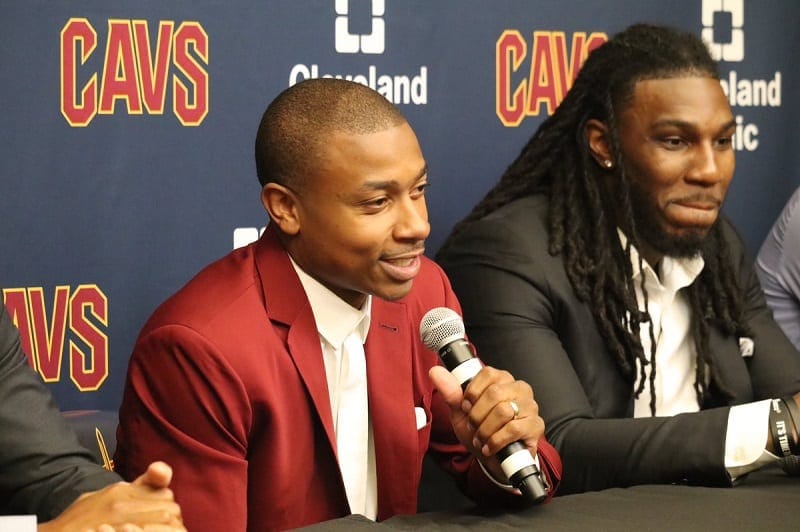
But now the entire league knows that Cleveland was so worried about Thomas’s health that it held up a massive trade until it got an insurance piece. Thomas is an unrestricted free agent in the summer of 2018. If he misses even a month or two of action this season, teams around the league are now going to be more alarmed than they would have been otherwise, because the rumor is out that Thomas is damaged goods. Do we really think he’s going to be getting max offers anymore come next summer? And won’t Cleveland be at least partially to blame if his market collapses?
The second problem is that there’s almost no chance the Cavaliers ever get a valuable player out of this pick. I went through all the numbers above in a very general way, without pointing out that this is Boston’s own 2020 pick, and not just some random second round asset. Second round picks are ordered from worst record to best, and the Celtics will almost certainly be one of the best teams in the NBA in 2019-2020. It’s very likely that they’ll be among the top five teams in the league, and therefore that this pick will fall in the 56-60 range.
Here’s the full list of active players who were selected in the 56-60 range by teams that had traded for the pick, from 2012-2016:
- Abdel Nader
And here’s the full list of active players who were selected in the 56-60 range period from 2012-2016:
- Abdel Nader
So let’s have a round of applause for Cavs owner Dan Gilbert. I hope the holdout was worth it, because it may well cost Gilbert’s new point guard millions of dollars down the road. And if Cleveland believes it will benefit from this in the end by signing Thomas below his value, then Gilbert remains every bit as petty as he was the day he wrote LeBron James a public post-break-up letter in comic sans.



